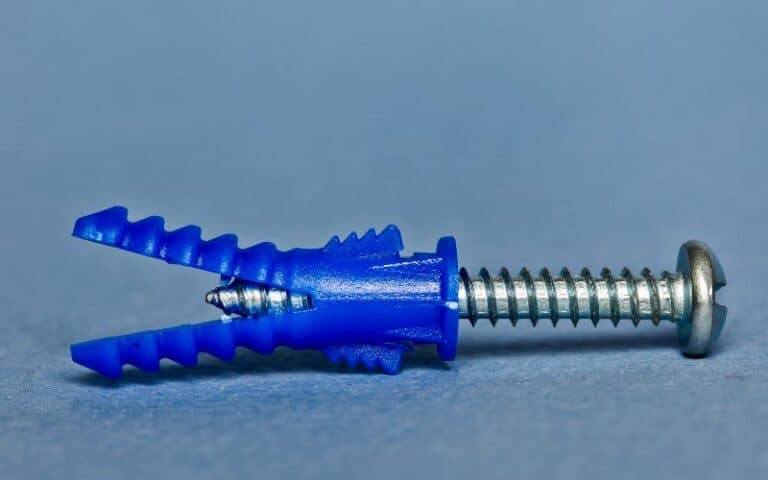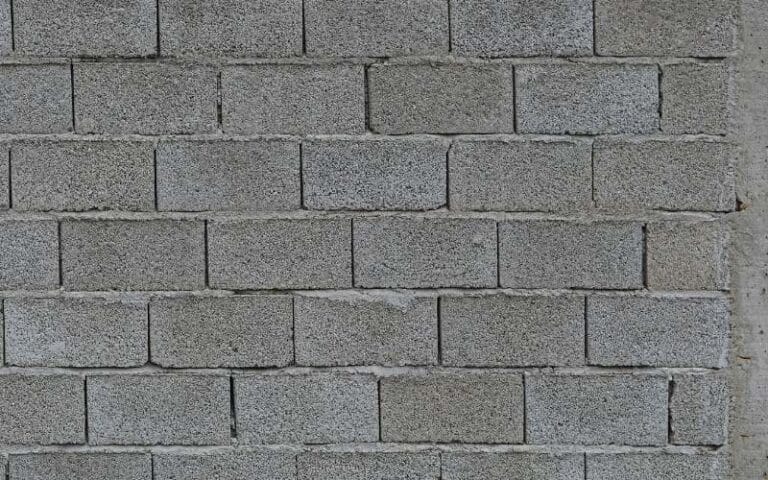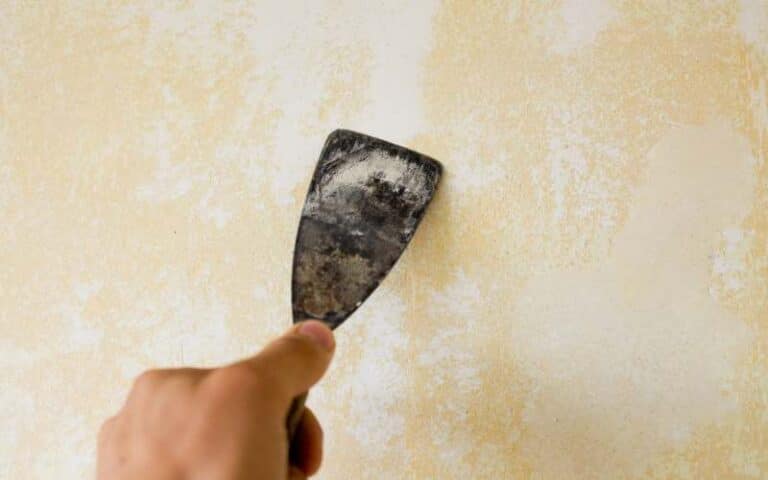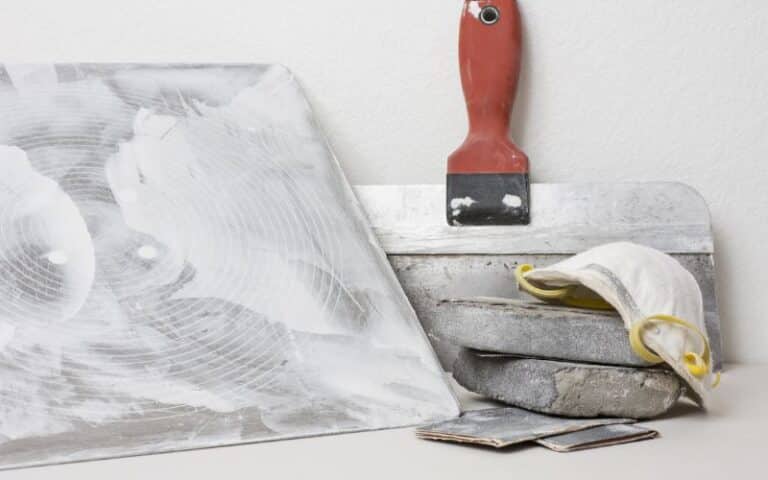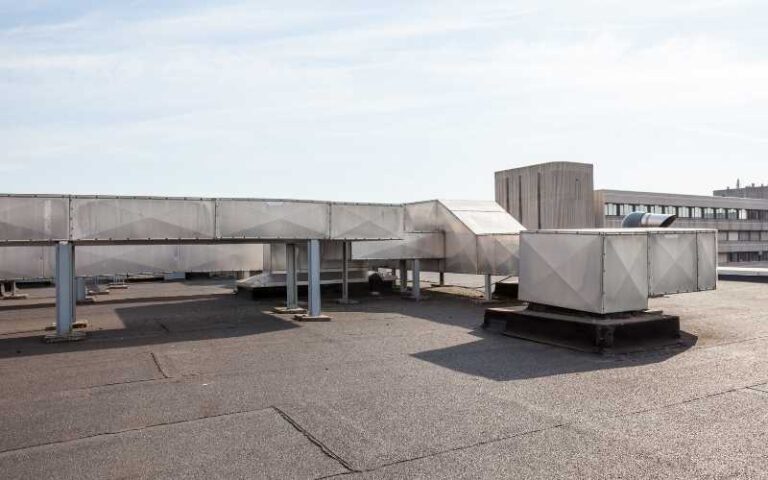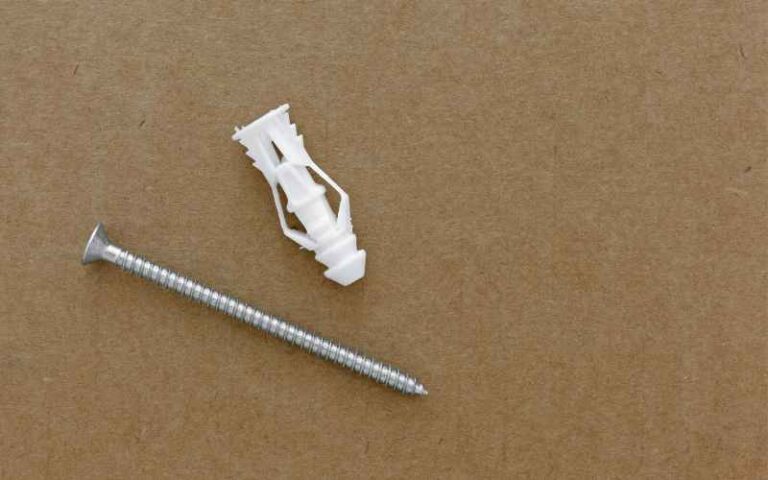Suppose you want to work on some areas in your home like the kitchen or toilet wall, then it is very good that you know the order in which you put them.
It is not surprising that many people mess up the order in which these should be placed on the wall; that leads us to the question, should you use tile walls or drywall first?
You should place your drywall first, which is already a smooth surface for your tiles, before placing wall tiles on them. This way, you would protect your wall from water splashes since water does not affect tiles.
In this article, I will guide you on the step-by-step process you should follow to get your tile drywall and tile work done smoothly. So please, stick with me!
Ready for a Drywall Quiz?
Drywall Or Tiling; Which Should You Do First?

Although the order in which you should apply drywall or tile depends on the project or part of the house you’re working on, the usual order is drywall before tile.
Below is an order of sequence you can follow to get the work done faster;
#1. Install Your Drywall
Install the drywall sheets into the studs on the wall or the ceiling joist, and install the drywall panels using screws and bolts to keep them in place together.
#2. Tape And Mud
After installing the drywall on the wall, apply your drywall tape and joint compound to cover up the entire seams between the panels.
Doing this would help create a smooth surface, enhancing the tiles’ outlook and longevity.
#3. Sanding And Priming
Once the joint compound dries, the next step is to sand the surface to achieve a uniform texture.
After doing this, you would need to apply a coat of primer to prepare the surface for tiling.
#4. Install The Tile
When you are sure you have finished the drywall installation process, you can process installing your tiles.
Apply an adhesive to the primed drywall according to your desired pattern and gently place your wall tiles.
#5. Grouting
After you finish your tiling, you should not grout the walls by applying grout between the tiles.
After you are done, you should wipe out excess grout from the tiles and the edges of the tiles.
As I said earlier, there might be a little variation in the application sequence depending on the work requirement or area of the house.
For instance, if you are working on a bathroom, you need moisture-resistant drywall cement before placing your tiles.
To get the most out of your tile wall, consult a professional to help you draft the particular materials and the correct order in which they should be applied.
Although there are a lot of advantages you get from tiling over drywalls, there are some cases where you shouldn’t due to some factors like;
- Mold
- Pests
- The inability of the drywall to hold the tile in place for a long time.
Tiling over your drywall in areas in your kitchen or bathrooms where you feel won’t be exposed to too much water is okay, but ensure that you do not tile over drywall in areas like;
- Your sauna
- Around your shower
- An outdoor kitchen that is frequently exposed to direct sunlight
Can You Install Drywall After Tiling?
Yes, installing your drywall after tiling is possible, but this is not a very common practice and is also not recommended.
There are a lot of challenges that come with this practice, and that is why you would need to adhere strictly to certain rules.
Some of these guidelines include the following;
#1. Know The Condition of The Already Existing Surface
Before laying your drywall on your tiles, inspect the tiles for any broken pieces or irregularities.
#2. Prepare The Tile Surface
Clean the surface of the tiles thoroughly to get rid of any dust, debris, or leftover adhesive, and ensure that the surface is clean and free of any irregularities.
#3. Install Furring Strips
Drywalls are normally thicker than tiles, so you would need to create a leveled surface; this is possible by installing furring strips.
Furring strips are thin pieces of either wood or metal attached to walls to create a solid base for attachment.
#4. Cut And Gently Install Your Drywall
Measure the dimensions of the areas where the drywall needs to be installed and ensure that you cut accordingly.
Be careful with this process so you can take advantage of every measurement. After doing this, properly fasten your drywall onto the tile base.
#5. Apply Your Finishing Touches
You can now apply the drywall mud and joint compound to seal between the panels.
You should also check out any screws or nails not attached correctly and ensure you tighten them.
Afterward, you can prime and paint your walls to match your desired finish.
It would help if you noted that these are general guidelines and they are not subjected to particular types of drywalls.
If you need deeper information, you can make proper research for the particular drywall finish you are making use of.
Should You Hang Drywall to The Floor?
No, when installing your drywall, ensure that it doesn’t touch the floor; there should be about ½ inch distance from the floor to the drywall.
There are a lot of reasons why you should do these, some of which include;
#1. Moisture Absorption
Drywall is known to absorb moisture, so if it is allowed to sit directly on your floor, especially concrete floors, it will absorb whatever moisture is there.
When your drywall absorbs moisture, it becomes wet, and wet drywall tends to rot and start flaking apart, providing space for molds to grow.
#2. Expansion
Normally, walls and floors will expand and contract when the weather changes.
So, if the drywalls and floor expand, they will pressure each other, causing them to crack as time passes.
When this happens, it reduces the efficiency and strength of the house with time.
So always leave a little space between your drywall and floor to prevent issues like this and even more.
Below are some general guidelines you should take if you decide to go with tile wall first or drywall first;
| Tile Wall First | Drywall First |
|---|---|
| Usually provides a durable and waterproof finish | Usually serves as a base for tile installations |
| Grout is usually installed between the tiles to fill the gaps | Drywall mud is used to create a seamless finish |
| Professionals usually do the tile installation | Homeowners can do this but ensure that you carefully apply the drywall. |
| They are usually used in moisture-prone areas, like the toilet and kitchen walls. | They are commonly used in interior parts of the home, like the bedroom or living room walls. |
FAQs
Do You Put Drywall Under the Tile?
Most times, it is not advisable to place drywall around areas that are most likely to retain moisture, like showers or kitchen walls, to prevent the appearance of molds.
What Goes First, Plastering or Tiling?
It is usually advisable that you plaster your wall before tiling. You should also let the plaster sit in for about 15 days before tiling.
What Goes Between Tile and Wall?
Caulk usually goes between the tile and the wall. Caulk Is preferable to drywall because it holds the tile in place and is waterproof.
It is safe for use in showers and around your kitchen sinks.
What Is the Cement Between Tiles Called?
The cement between tiles is known as grout. It is a mixture of cement, sand, and water and is usually excellent for holding the tiles in place for a long period.
What Are Tiles on Walls Called?
These tiles are known as mosaic tiles. They are used around the walls of the kitchen and toilet because they are more suitable for backsplashes.

